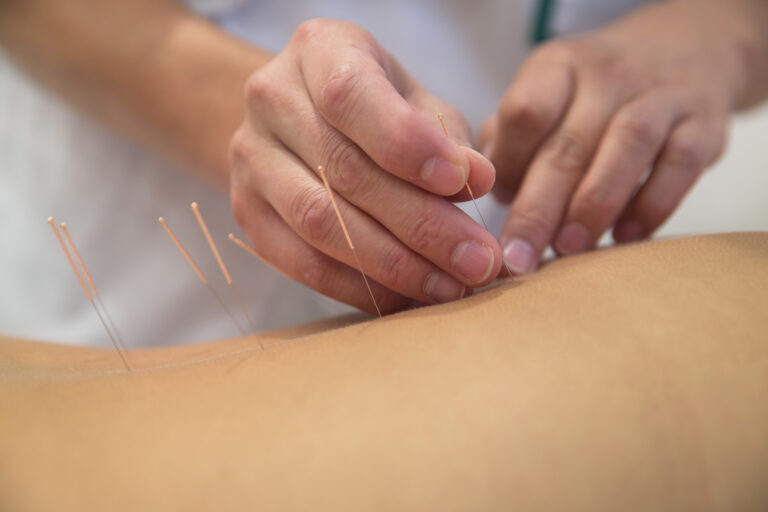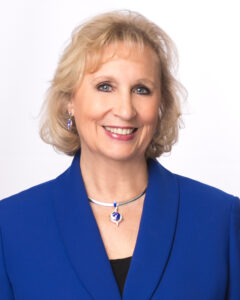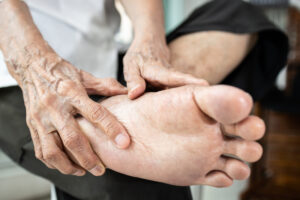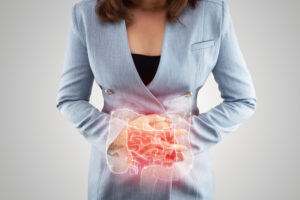More than 2 decades ago when I first earned my license to practice Acupuncture, the question “what is acupuncture” accompanied nearly every response to “what I do”. Today, most people have heard of acupuncture, at least, but still don’t know much about what it is, and what it does.
Acupuncture is the traditional health treatment technique, refined over thousands of years, that involves the insertion of very fine, hair-like needles into “acu-points”. Acu-points are spots in the skin that follow a specific pattern, called a “channel” or “meridian”, that flows up and down the body from head to toes (and fingertips). These channels are named after the organ they have the most influence on: therefore, we have a stomach channel, heart channel, large intestine channel, bladder channel, etc. Along these channels, each acu-point has a specific group of functions that may or may not be related to the organ channel it is on. For example, an acu-point along the Large Intestine channel not only treats disorders of the large intestine, but also stimulates an immune response and is used when someone is ill.
Many studies have been done on the acu-points in an effort to understand how they work. What we have discovered is interesting, but still not fully understood. For instance, there is a difference in the electrical conductivity of the skin where an acu-point is located (more conductivity), that is different than a non-acu-point. The histology (skin tissue) is even different. There is increased density of receptors (twice as many), specifically structured bundles (such as neurovascular bundles and others), that differ from non-acupuncture points. There is a battery affect at the tissues when a needle is inserted as well as the release of various peptides, especially those that modulate pain.
Acupuncture research has demonstrated that when acupuncture releases pain peptides, that it enhances the central pain inhibition mechanism and breaks the vicious circle of pain. It is able to counteract the imbalanced sympathetic nervous system and assists in organ regulation. Its communication is via an axonal reflex. Every acu-point is associated with a particular therapeutic purpose, and when combined with other points can have completely different actions.
There are about 365 acu-points that are on the main channels, about 700 extra points, and several micro-systems. A micro-system is an acupuncture pattern within a pattern. Auricular (ear) acupuncture is one such micro-system. Anything wrong in the body can be treated using only ear points. Typically, we use ear points to treat addictions, emotional trauma (such as PTSD), high blood pressure, food and sugar cravings, weight loss, and sleep disorders. However, those can be treated using body points as well.
Acupuncture is becoming more popular, as more people are enjoying the health benefits. In March 1996 the FDA finally reclassified acupuncture from being “experimental” to being a legitimate medical procedure. In 1997 the National Institutes of Health Consensus Conference on acupuncture in Washington concluded that “Promising results have emerged, for example, showing the efficacy of acupuncture in …[and it goes on to list the many conditions acupuncture is successful in treating]. It then listed other useful areas of adjunctive treatment, then the statement “further research is likely to uncover additional areas where acupuncture interventions will be useful”. Acupuncture has been around for a long time because it works. Best of all, it is natural, safe and effective.
©2012 Holly A. Carling, O.M.D., L.Ac., Ph.D.







